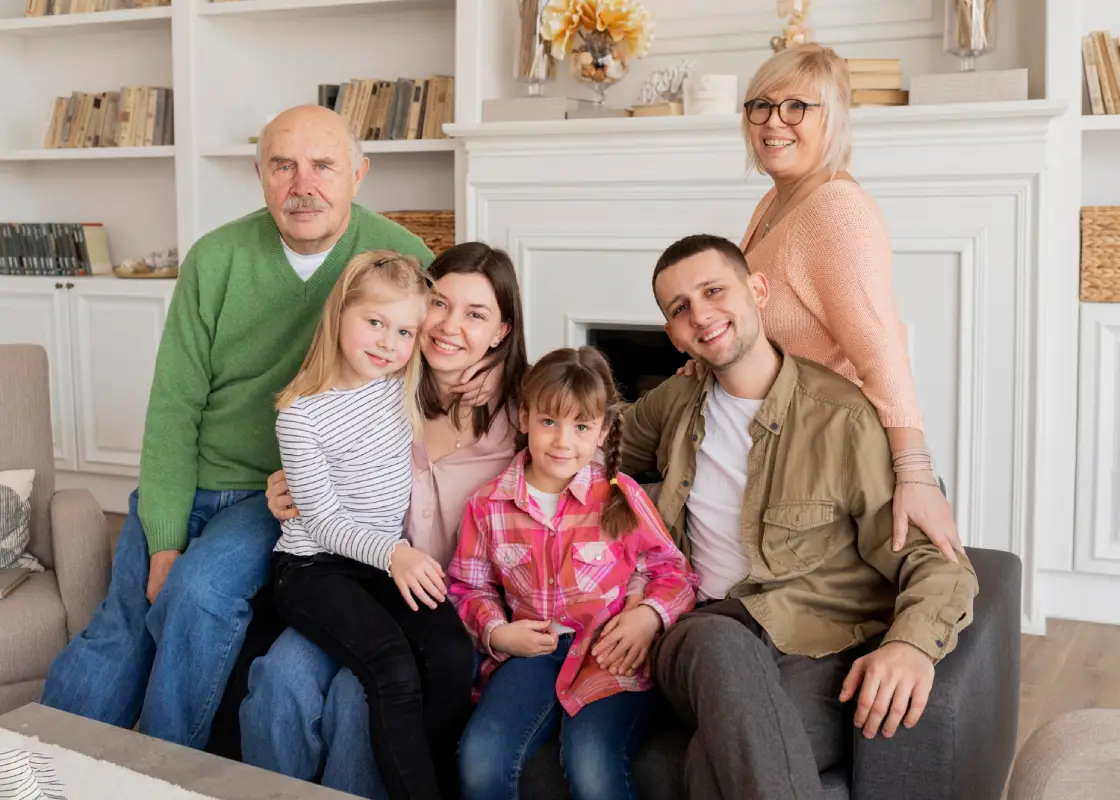Home Buying Trends for Modern Families
Today’s real estate landscape is transforming as evolving family structures, new workplace norms, and shifting values drive demand for homes that offer more than shelter. With families looking for features that support their lifestyles—like inclusive layouts, eco-friendly upgrades, and adaptable spaces—partnering with experienced professionals is paramount.
For those seeking guidance in the Pittsburgh area, the Upper St. Clair real estate experts Coulter & Castillo Group bring deep local knowledge and personalized service to help buyers navigate these trends and find the perfect fit for their needs.
This evolving landscape is creating opportunities for buyers who recognize the value in functional and forward-thinking homes. Staying attuned to these trends can empower families to make investments that deliver comfort today and resilience for the future.
Contents
Embracing Multi-Generational Living
Living arrangements involving multiple generations under one roof are making a notable comeback. Recent data shows that in 2024, 17% of all home purchases were made with multi-generational households in mind—the highest since 2013. This uptick is fueled by shared financial responsibility, the need for accessible caregiving, and cultural preferences.
By living together, families can help aging parents more easily, support young adults grappling with student debt, and create an environment where children benefit from closer relationships with grandparents and extended family. This model strengthens familial bonds and can make homeownership more attainable for all involved.
Prioritizing Energy Efficiency and Smart Technology
As environmental consciousness rises and energy costs climb, homebuyers insist on energy-efficient features and innovative technologies. Homes armed with solar panels, high-efficiency HVAC systems, and smart thermostats are not just more appealing for their reduced utility costs; they also align with the values of sustainability.
Families are looking for properties that help them lower their carbon footprint, and upgrades like double-pane windows, LED lighting, and water-saving fixtures are increasingly on their must-have lists. These enhancements are not just about comfort—they’re vital selling points in today’s market, especially for buyers who want move-in-ready homes with lower ongoing expenses.
Flexible Spaces for Remote Work
The modern workforce is changing, with remote and hybrid work becoming the norm for many families. As a result, homebuyers are seeking layouts that incorporate dedicated office space or flexible rooms that can double as workspaces, study areas, or creative studios.
These spaces go beyond traditional spare bedrooms—many buyers want soundproofing, robust internet access, and natural lighting to bolster focus and productivity. This demand reflects a greater need for homes to adapt to professional and family life, ensuring everyone can thrive whether working, learning, or relaxing at home.
Shifting Towards Suburban and Rural Areas
Urban life is no longer the default for many families. With remote work eliminating the need for long commutes, buyers are increasingly attracted to suburban and rural communities that offer more space, peace, and value.
Families can afford larger homes on bigger lots, enjoy safer neighborhoods, and connect with nature in these settings. This migration has intensified competition in these markets. Still, the shift is built on quality-of-life priorities extending beyond city amenities’ convenience For many, the chance to garden, play outside, and enjoy community engagement is worth the move.
Emphasis on Sustainable and Wellness-Focused Designs
Home design is increasingly focused on features that promote well-being and environmental stewardship. Buyers prioritize elements such as ample natural light, good ventilation, non-toxic materials, and biophilic designs that blend the indoors with nature.
Spaces for relaxation, like yoga rooms or quiet reading nooks, are also in demand. These wellness-driven features help families lead healthier lives while minimizing their environmental impact. It’s a holistic approach, reflecting a broader shift toward homes that nurture people and the planet.
Conclusion
The modern family is reshaping the real estate market by prioritizing flexibility, sustainability, and spaces that support diverse needs and lifestyles. Whether through multi-generational living arrangements, a focus on energy efficiency, or designs that foster health and wellness, these trends provide families with new opportunities to invest in homes that serve them today and tomorrow.
Staying aware of these shifts and working with knowledgeable real estate professionals ensures buyers can make confident, informed decisions in this dynamic market.

